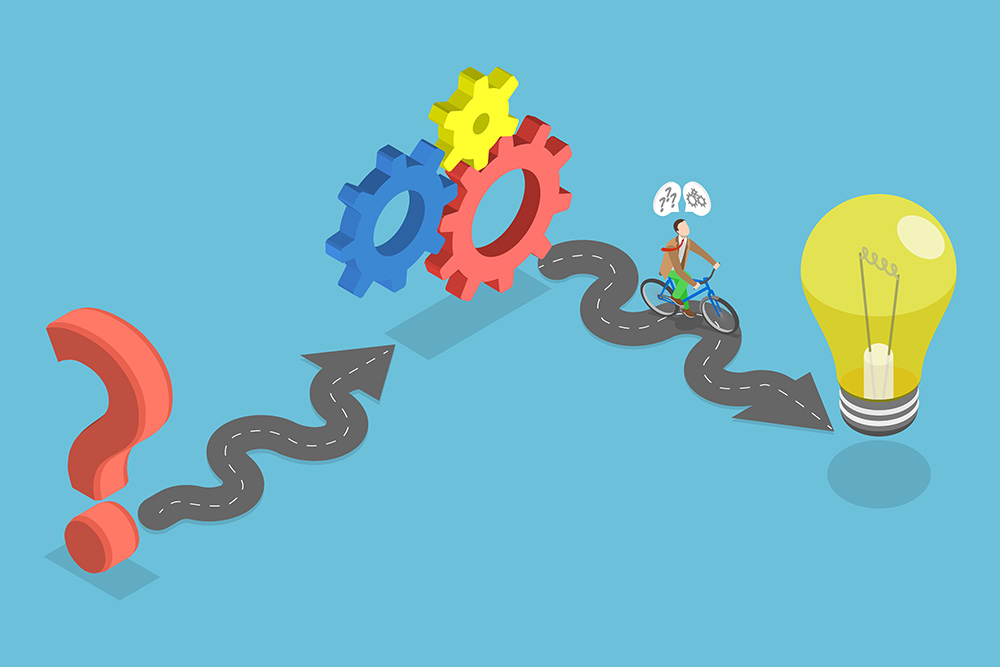Faster copy, smarter design ideas, and real results with the right prompts
Introduction
Landing page optimization has always been one of my favorite parts of digital marketing. It’s where strategy, psychology, and data all come together—and when it works, you can feel the difference almost instantly.
But crafting high-converting landing pages takes time. Coming up with new headline variations, writing copy that resonates, testing layout ideas… it adds up fast, especially when you’re working on multiple campaigns.
Over the last year, I’ve started using AI—specifically prompt engineering—as a practical tool to accelerate this process. It hasn’t replaced my thinking. But it’s become an incredibly useful partner in exploring ideas, speeding up testing, and even breaking creative blocks when they happen.
Here’s how I use it.
1. Writing Headline Variations at Scale
Writing 10 strong headlines in one sitting is hard. Writing 3 good ones and then using AI to generate variations based on tone, urgency, or format? Much easier.
Sample prompt I use:
“Generate 10 landing page headline options for a time-sensitive offer in the skincare niche. Focus on urgency and emotional benefit.”
I still review and edit everything, but the AI gives me angles I might not have considered—and that leads to better A/B test candidates.
2. Exploring Layout Ideas Based on Use Case
Sometimes I get stuck on layout structure. Should testimonials go at the top? Should the CTA come earlier or later? With the right prompt, AI can help me explore layout strategies tailored to the product or audience.
Prompt example:
“Suggest three mobile-friendly landing page layouts for a subscription-based productivity tool. Prioritize social proof and quick conversion.”
The output isn’t pixel-perfect design, but it gives me a strategic starting point—and saves hours of trial-and-error.
3. Improving UX Copy with Tone Adjustments
I often ask AI to rewrite certain parts of a page in different tones—more playful, more direct, more benefit-driven. Then I test which version performs best.
Prompt I use:
“Rewrite this product feature paragraph in a casual, conversational tone: ‘Our platform streamlines your document approval process and reduces delays.’”
The result? A/B tests with real-world insights, not just guesswork.
4. Brainstorming for Lead Magnet Hooks
If a landing page is meant to collect leads, the hook matters. I use prompts to generate multiple value propositions or lead magnet angles for gated content.
Prompt idea:
“Create 5 lead magnet ideas for a B2B SaaS product targeting HR professionals. Focus on solving daily workflow problems.”
This works great when you’re building pages fast but still want relevance.
5. Speeding Up Content for Dynamic Testing
When I need to test lots of combinations—like headlines, subheads, CTAs—I use AI to quickly generate the variations. Then I push them into testing platforms like VWO or Google Optimize (when it was still active).
Instead of spending days writing copy for every variant, I spend that time analyzing what works. That shift in energy has made a big difference.
Final Thoughts
AI doesn’t replace good marketing instinct. But when used right, it can extend it—giving you more time to think, more space to test, and more chances to find the version that works.
I’ve seen landing pages improve by 20–40% simply by testing ideas that I wouldn’t have had the time (or mental space) to create from scratch.
If you’re curious about using AI to speed up your optimization workflows—or want to see real-world prompt examples—I’m happy to share more. Just send me a message or say hi on LinkedIn.



